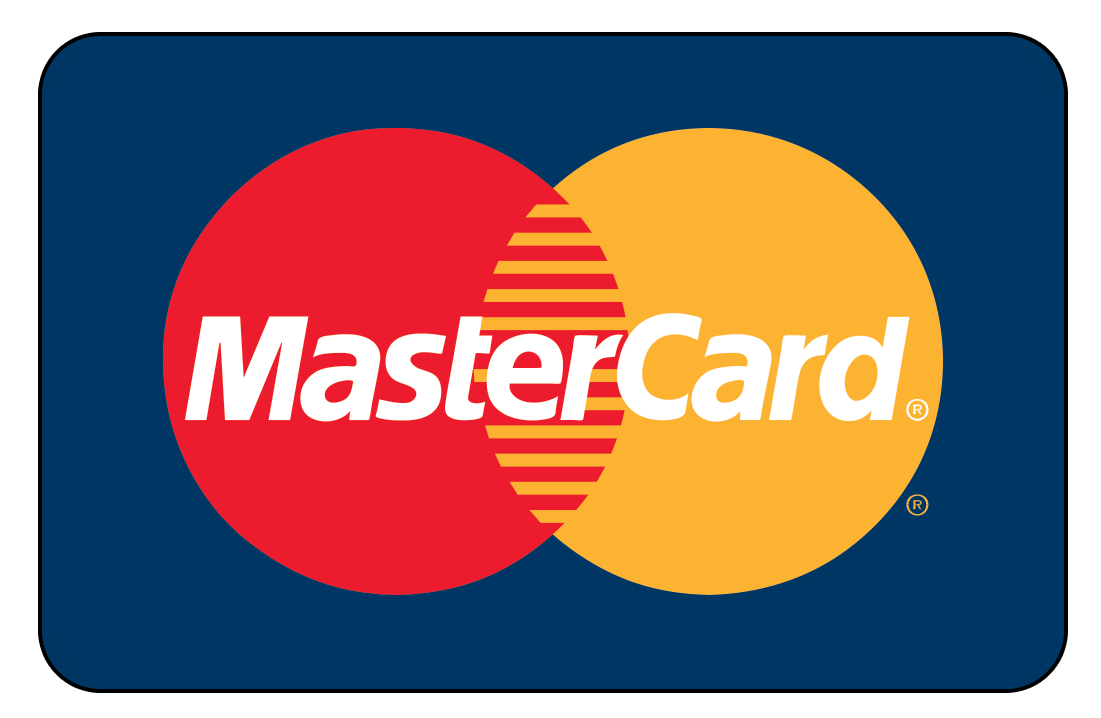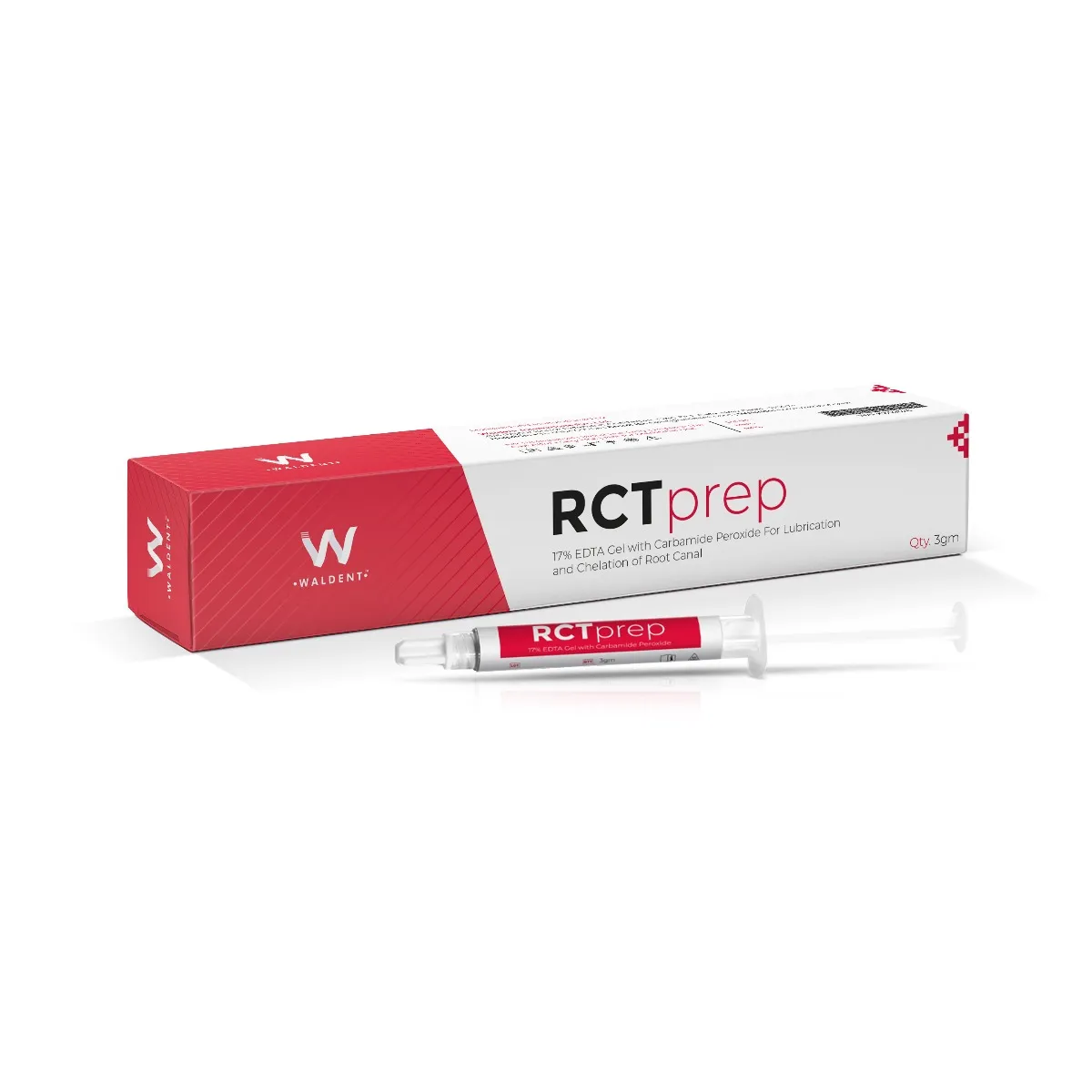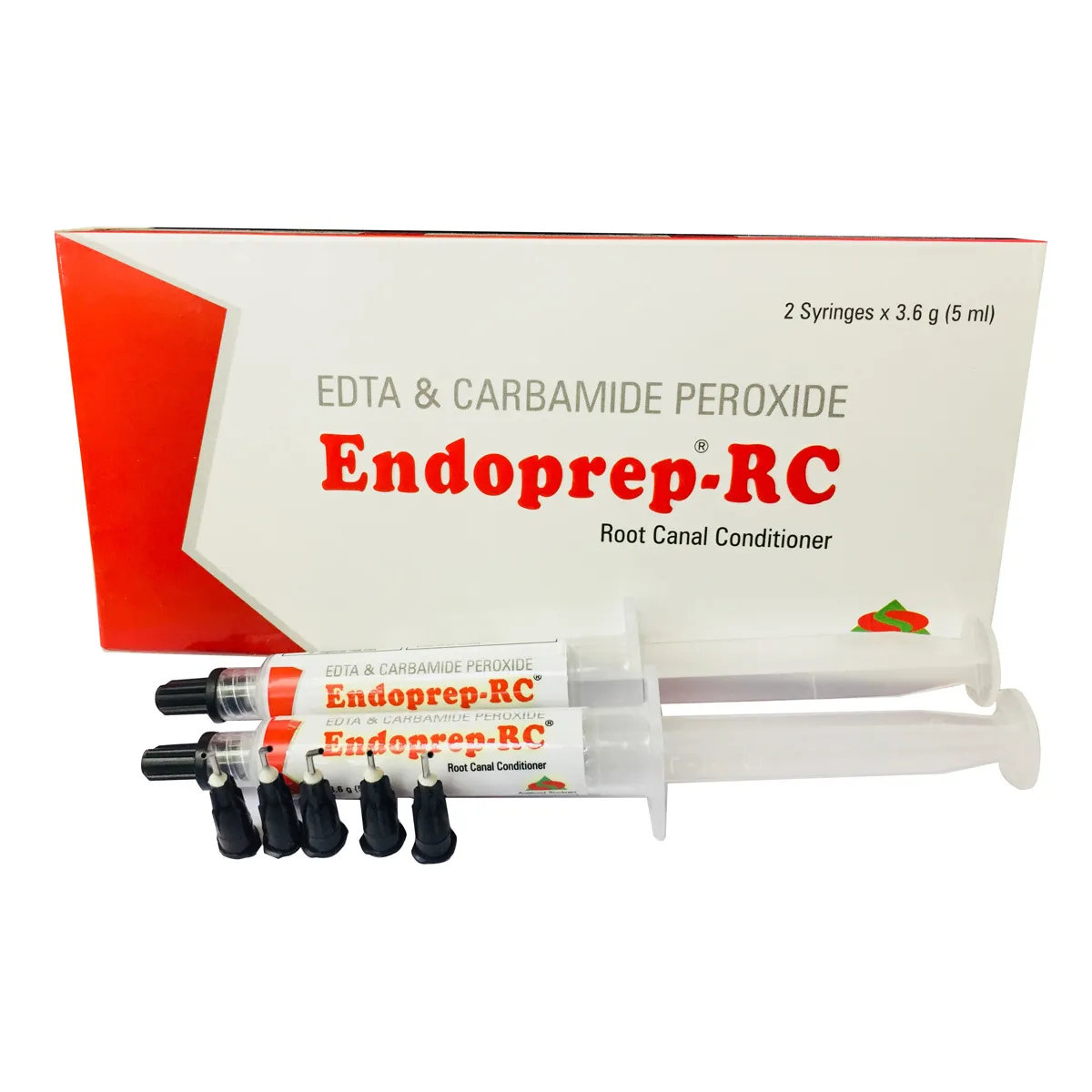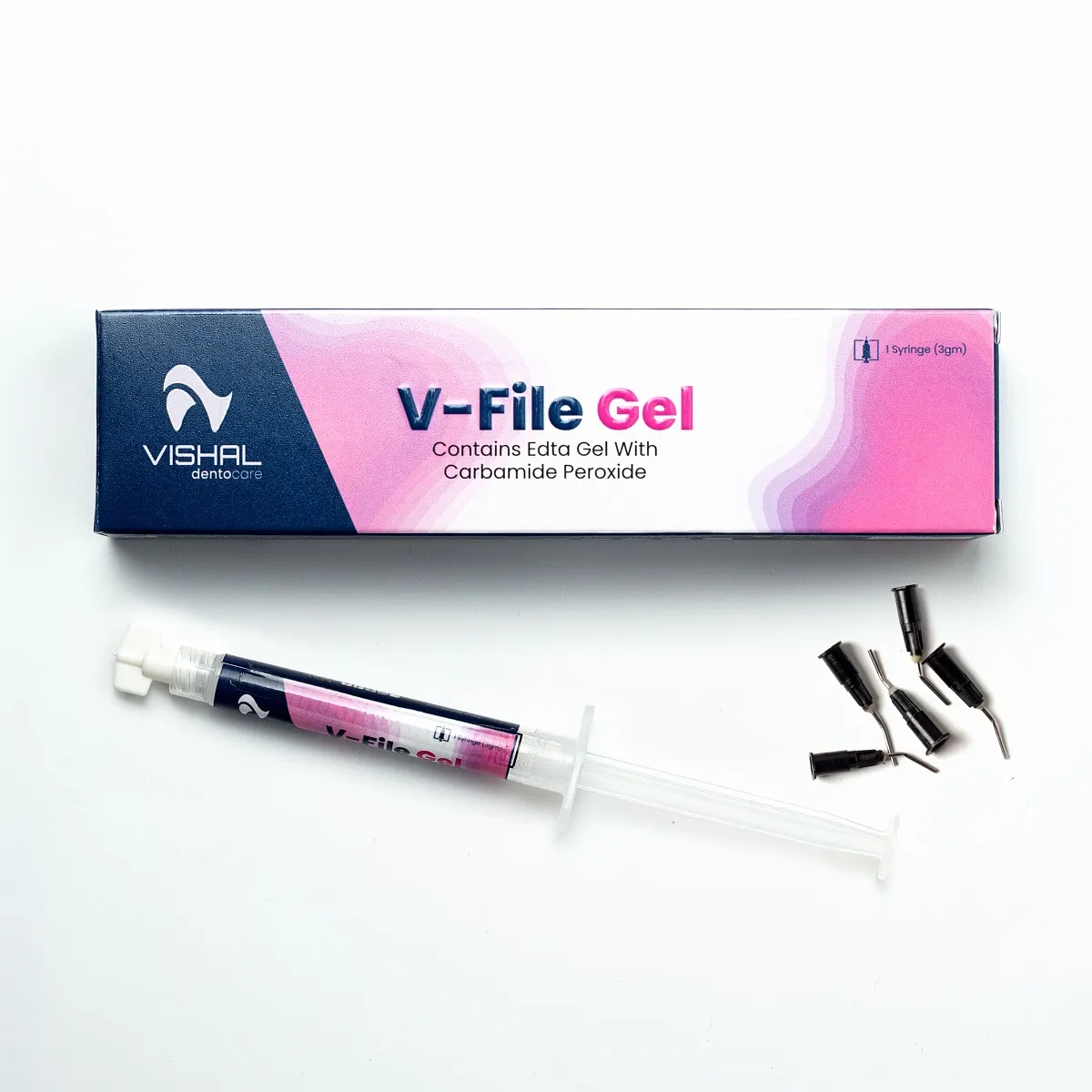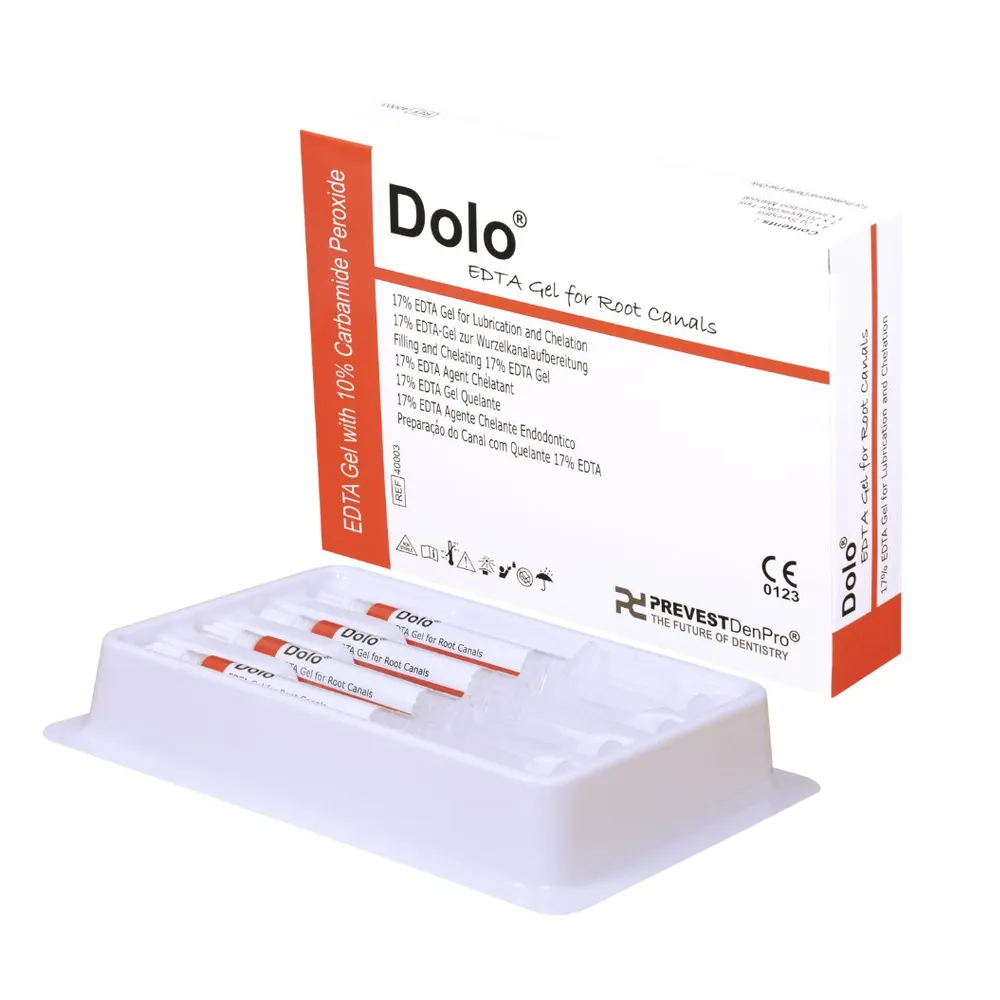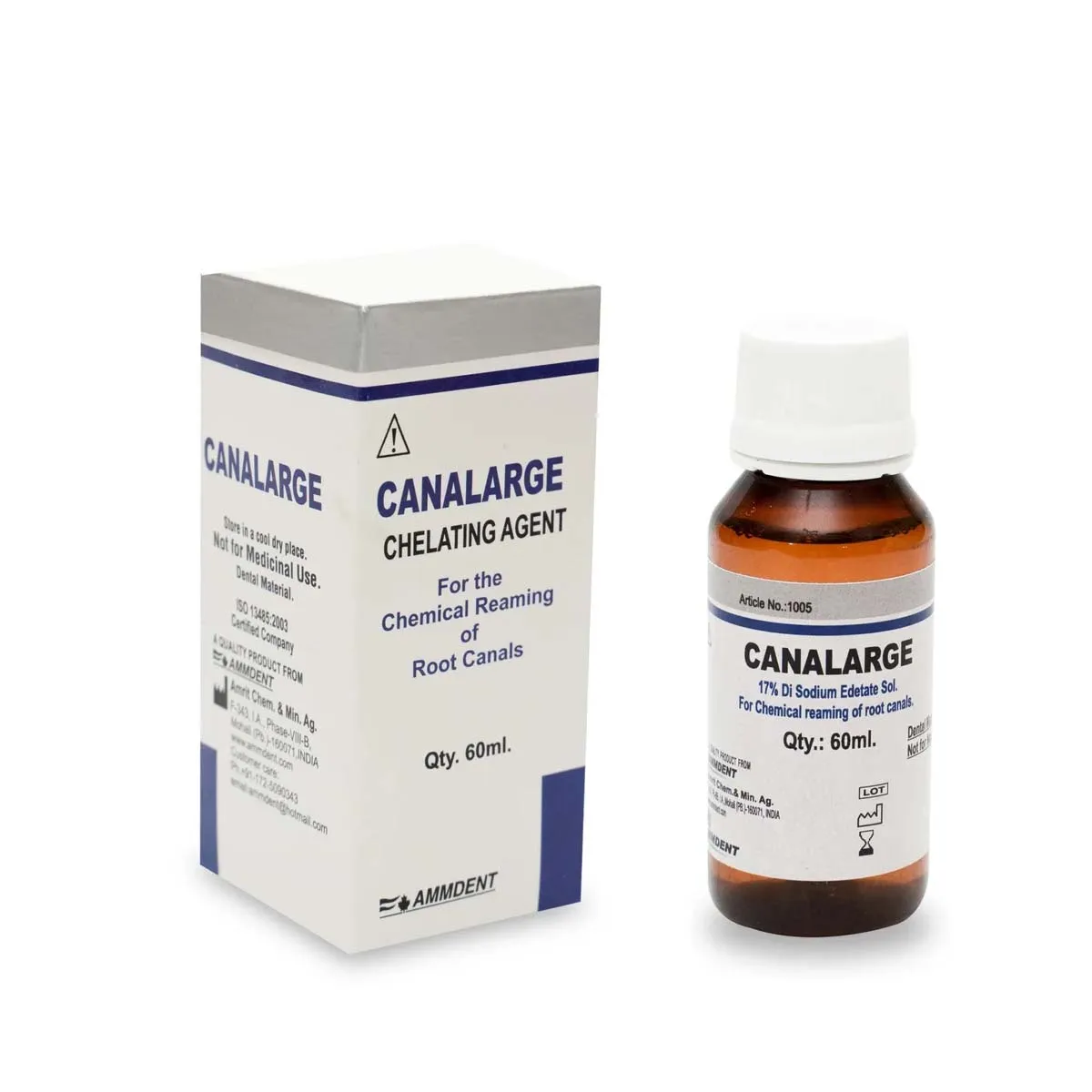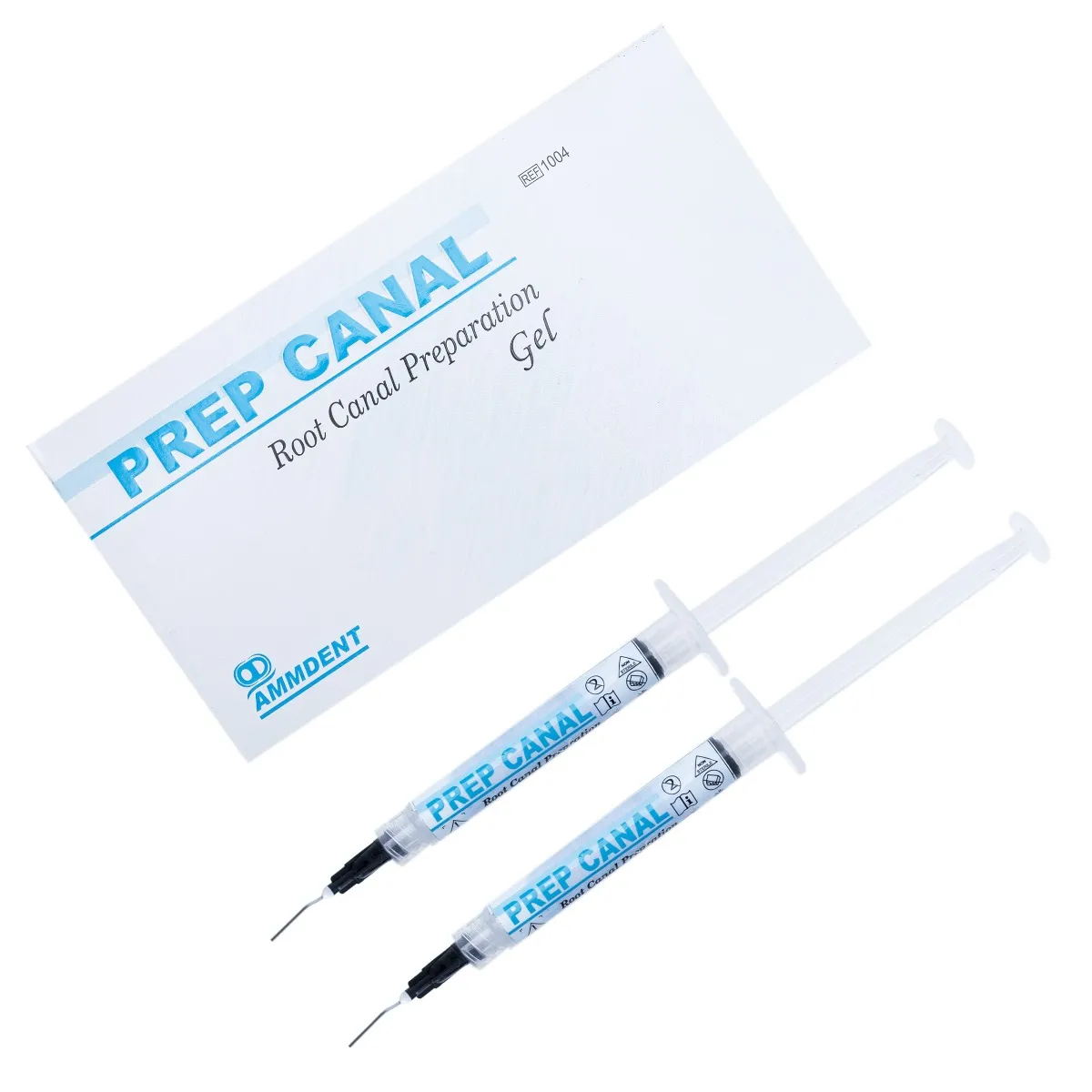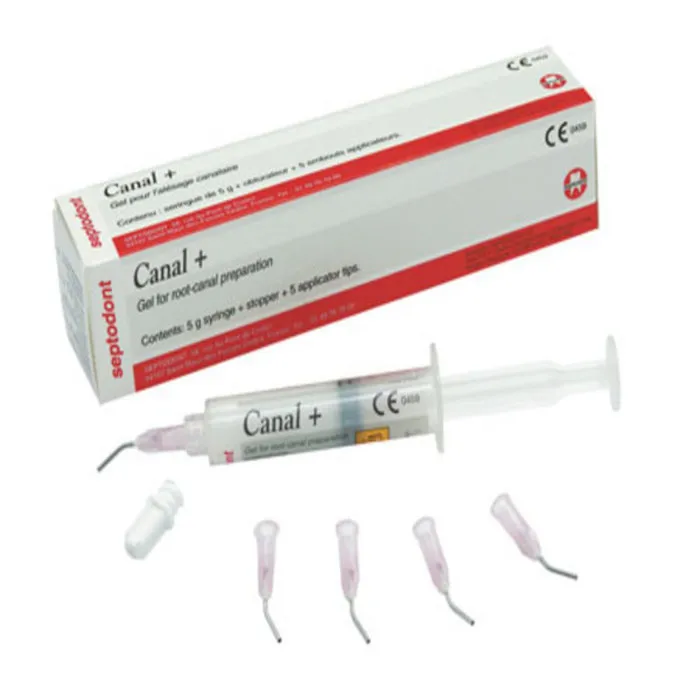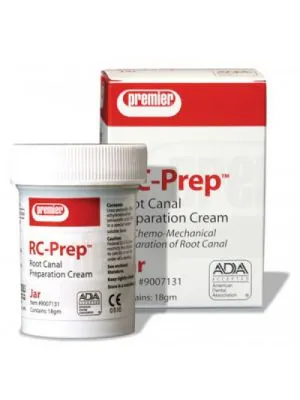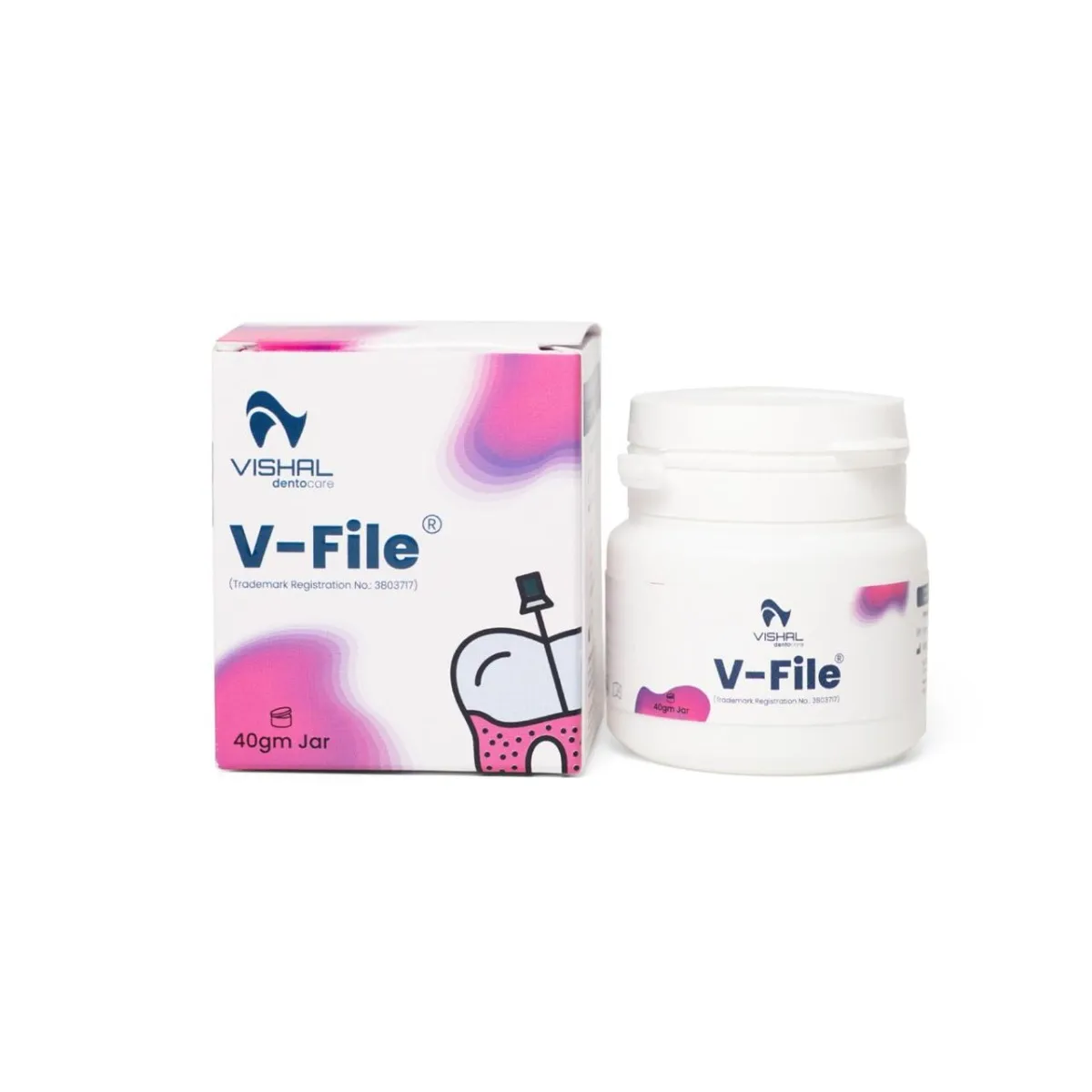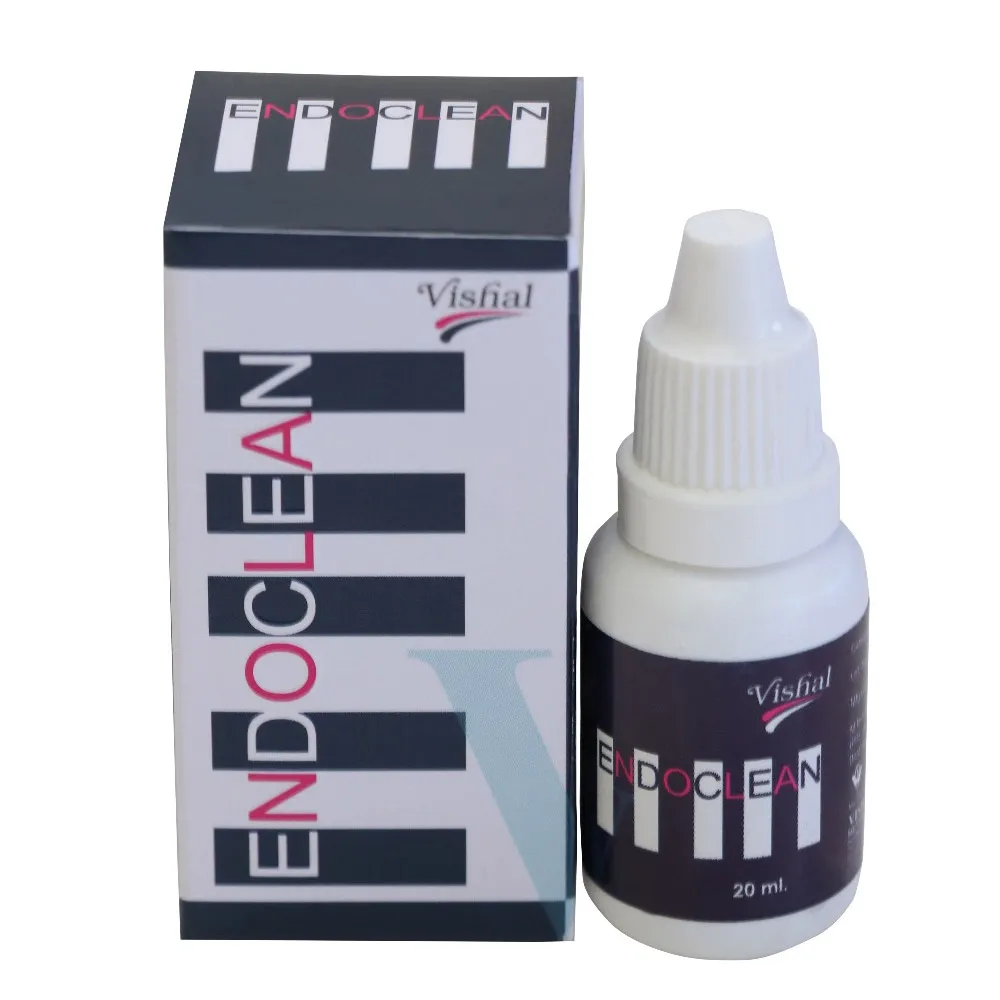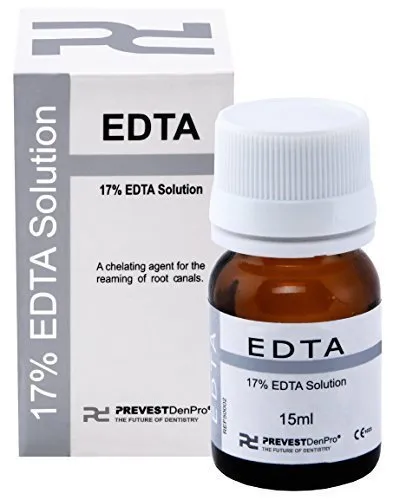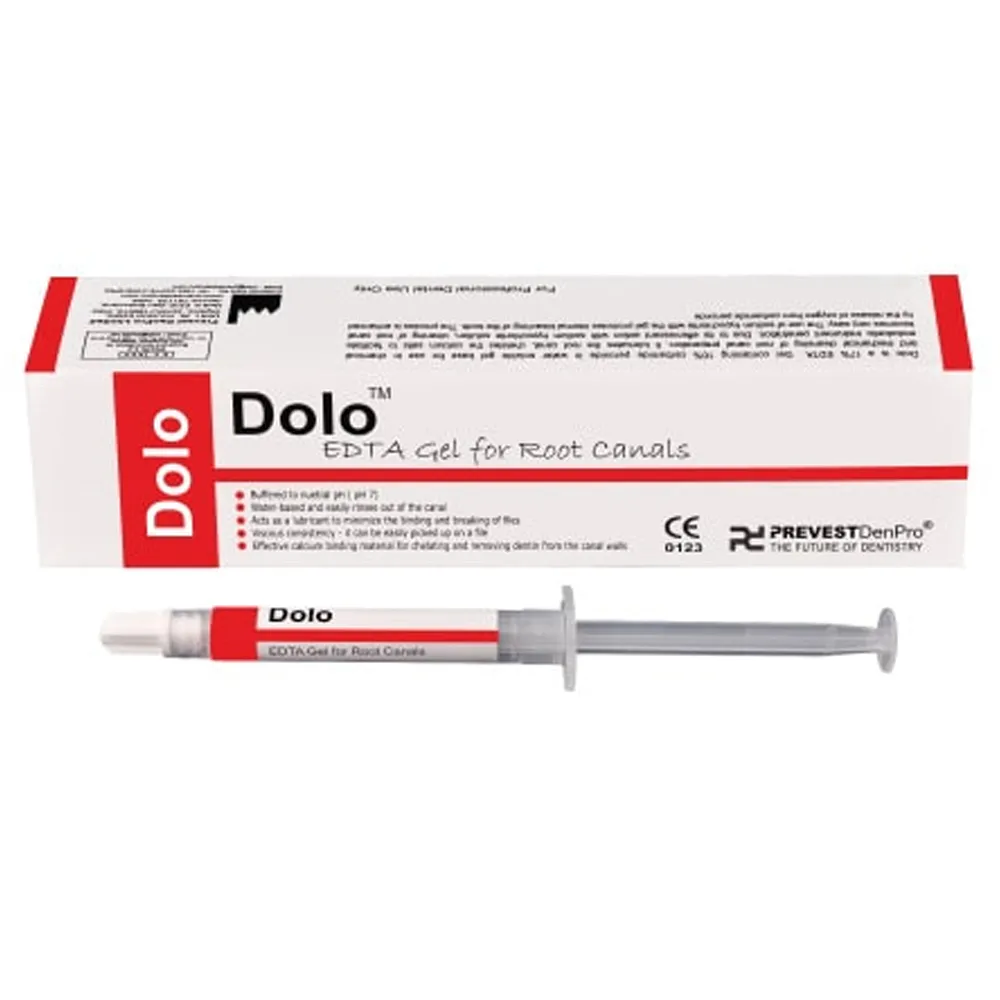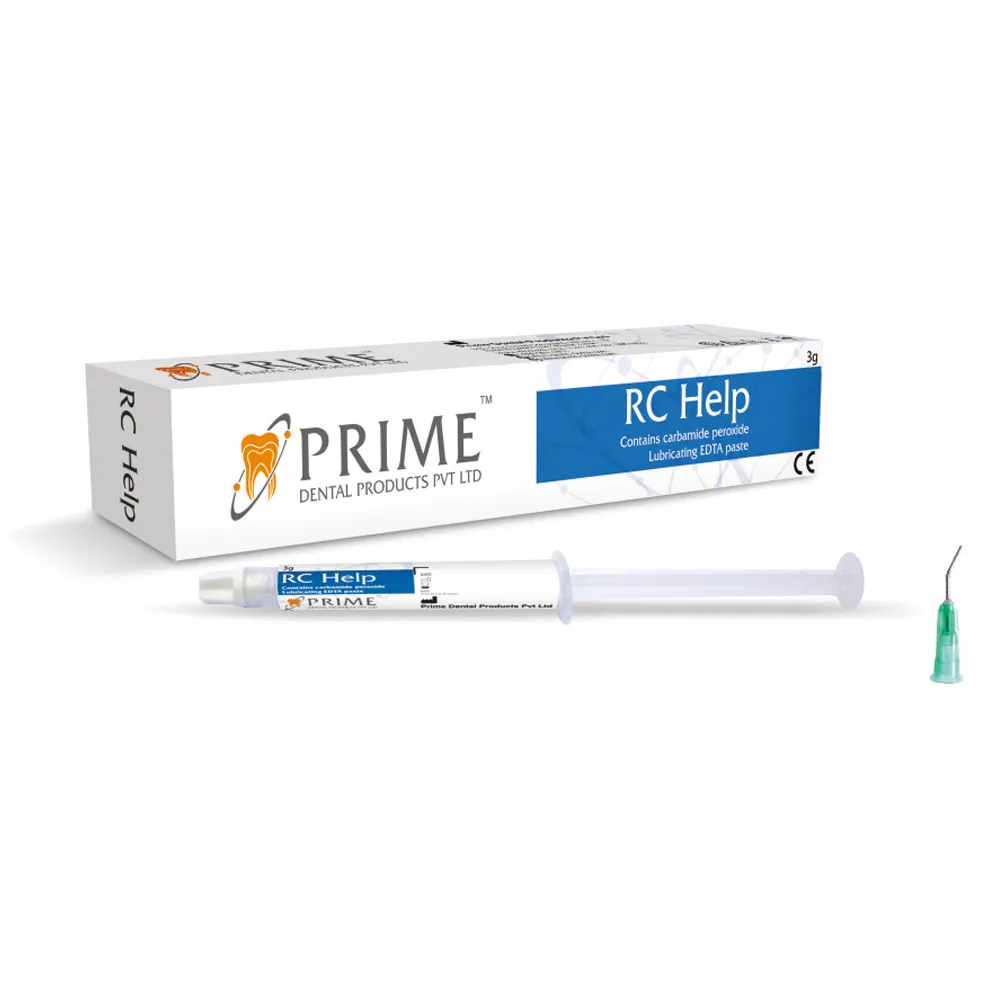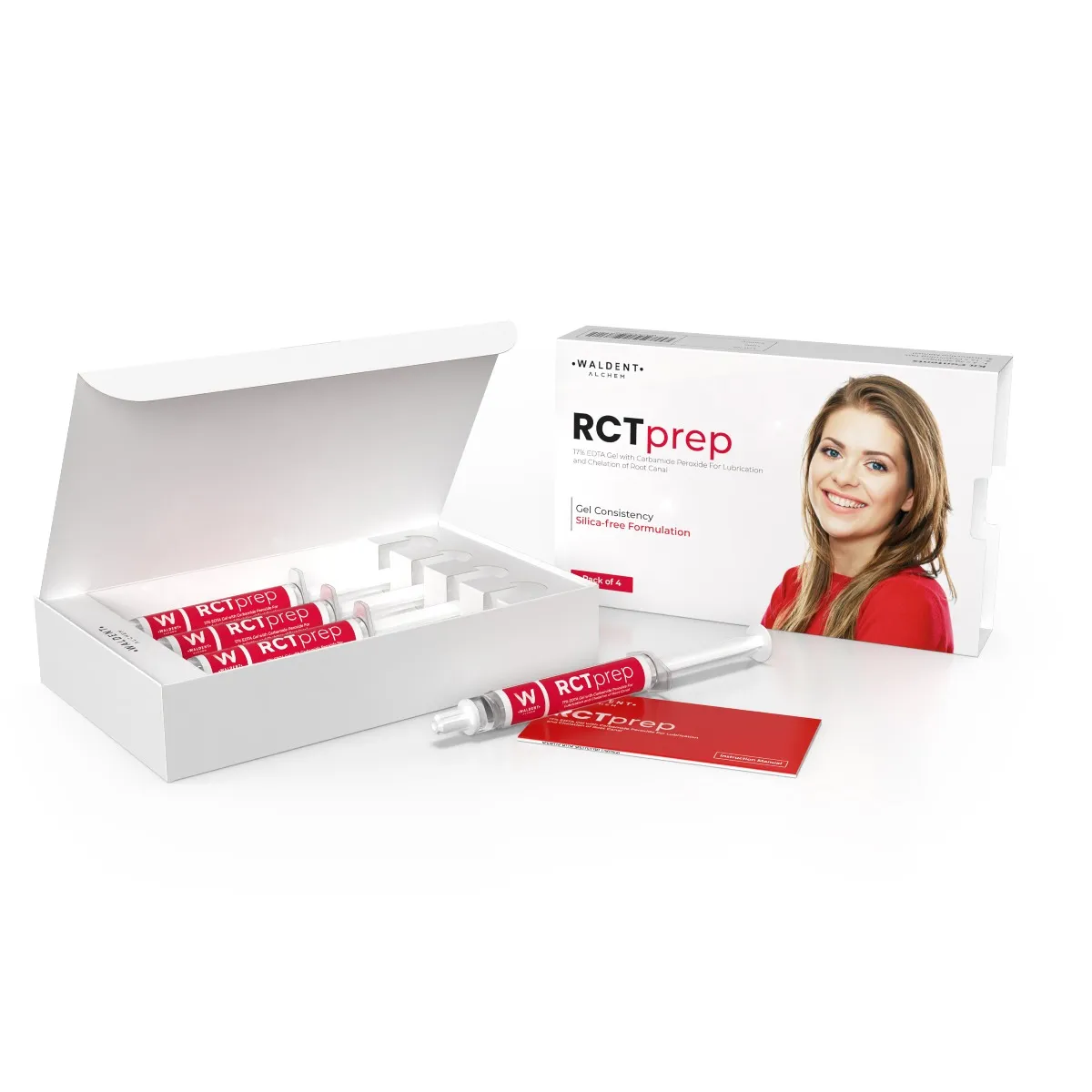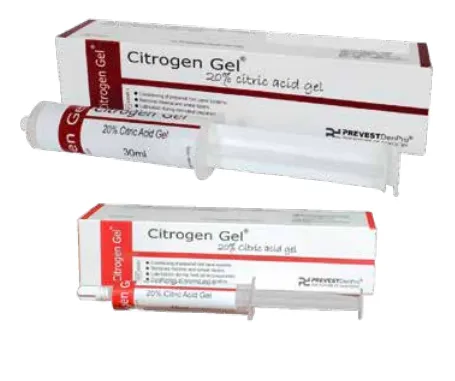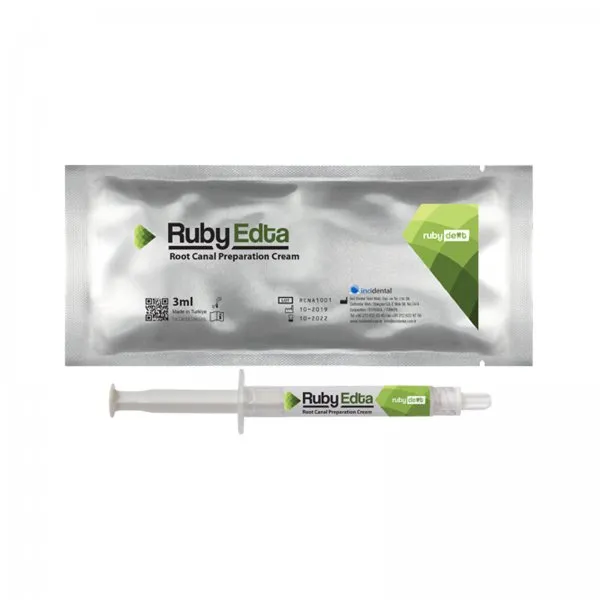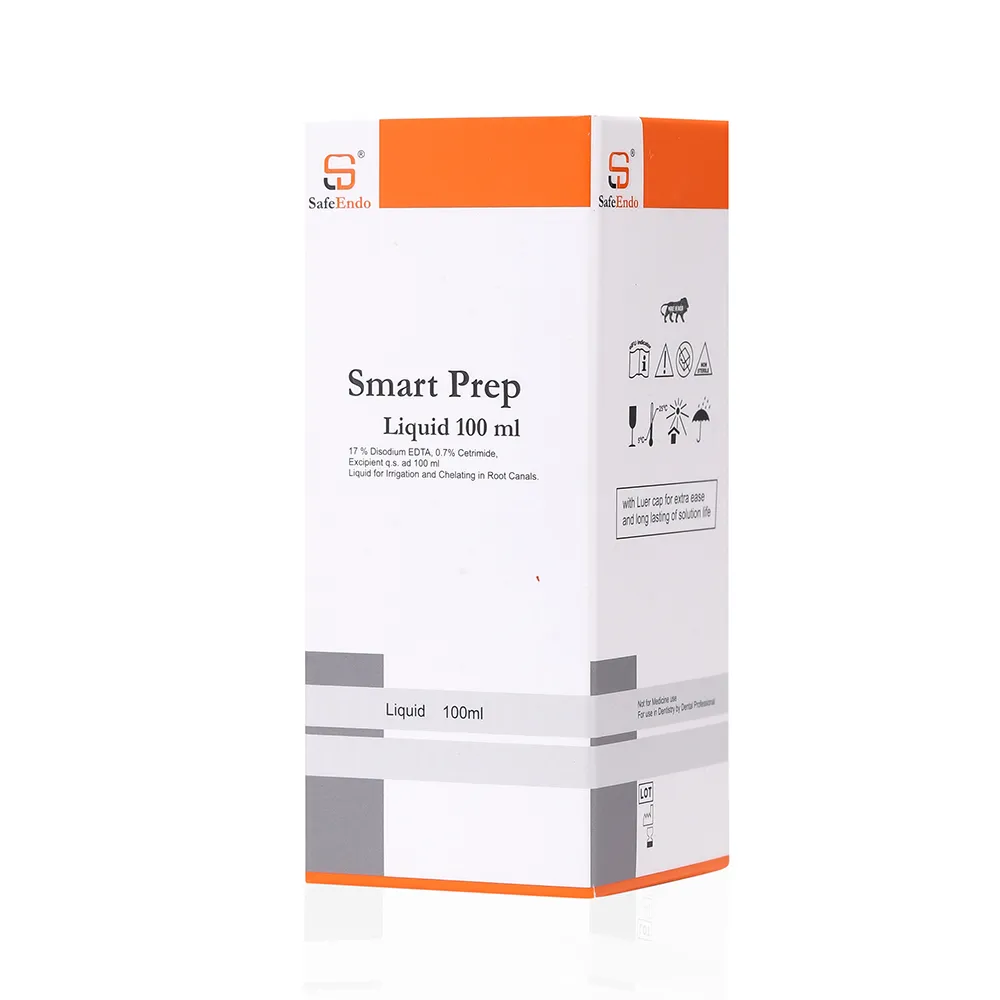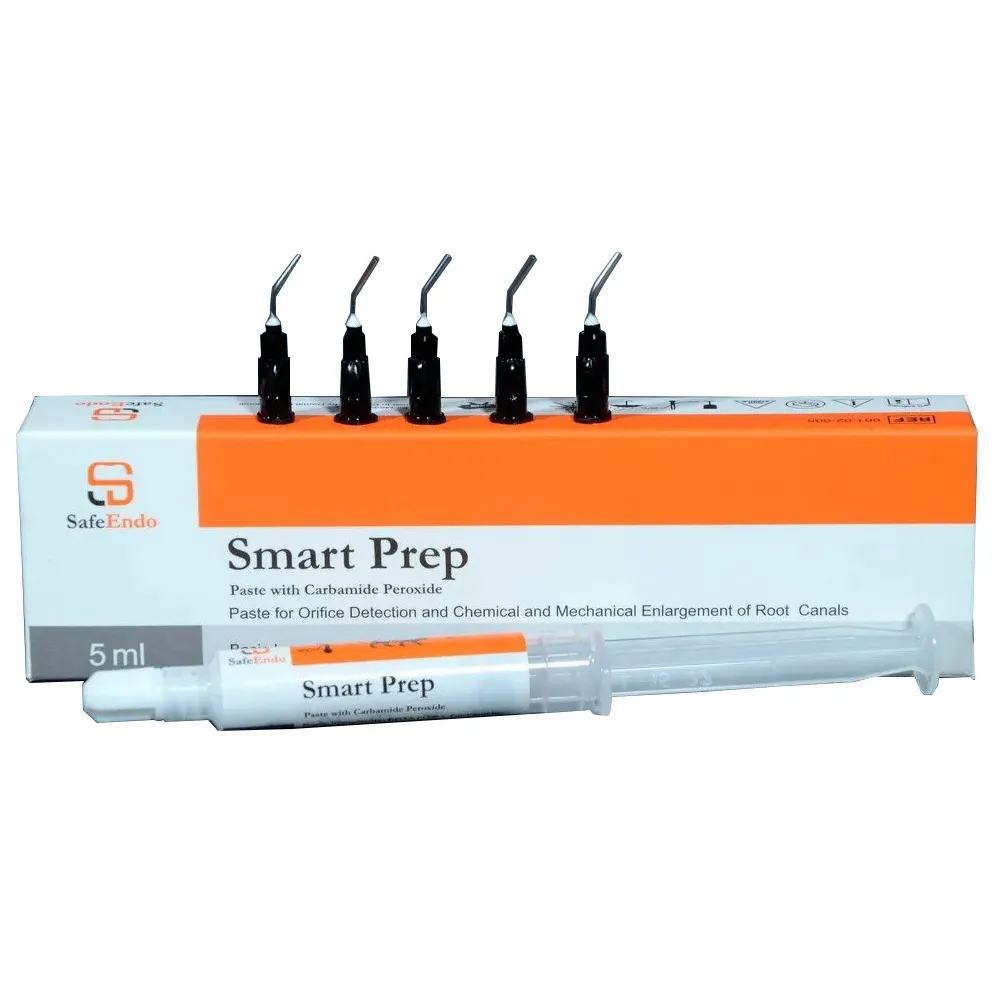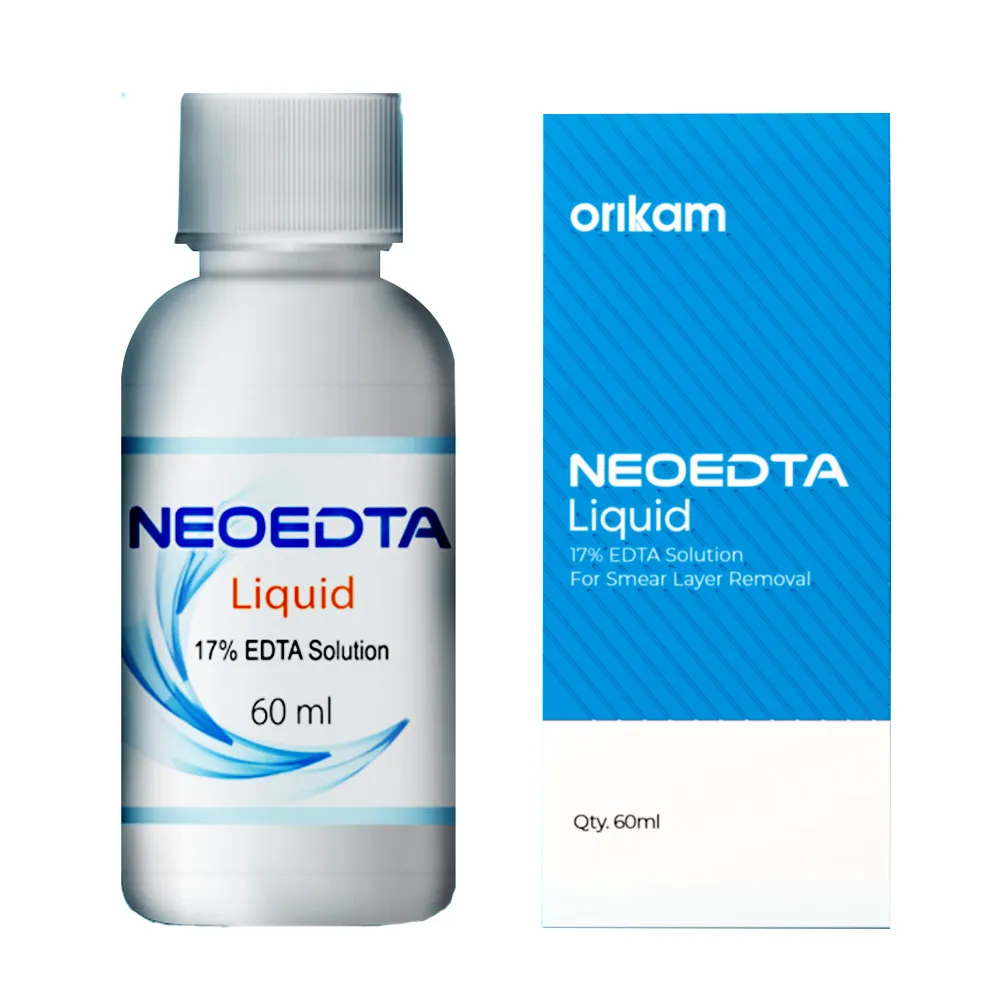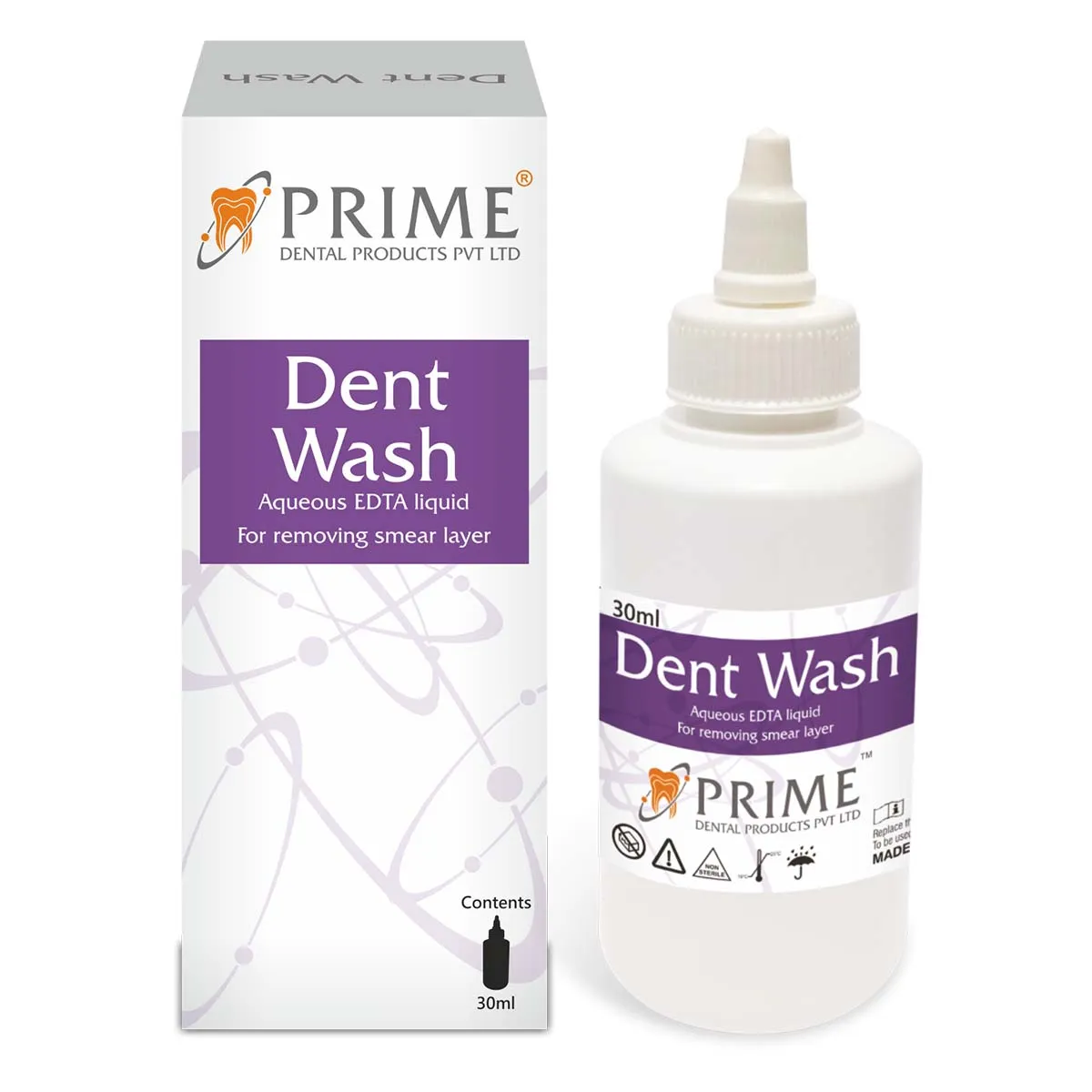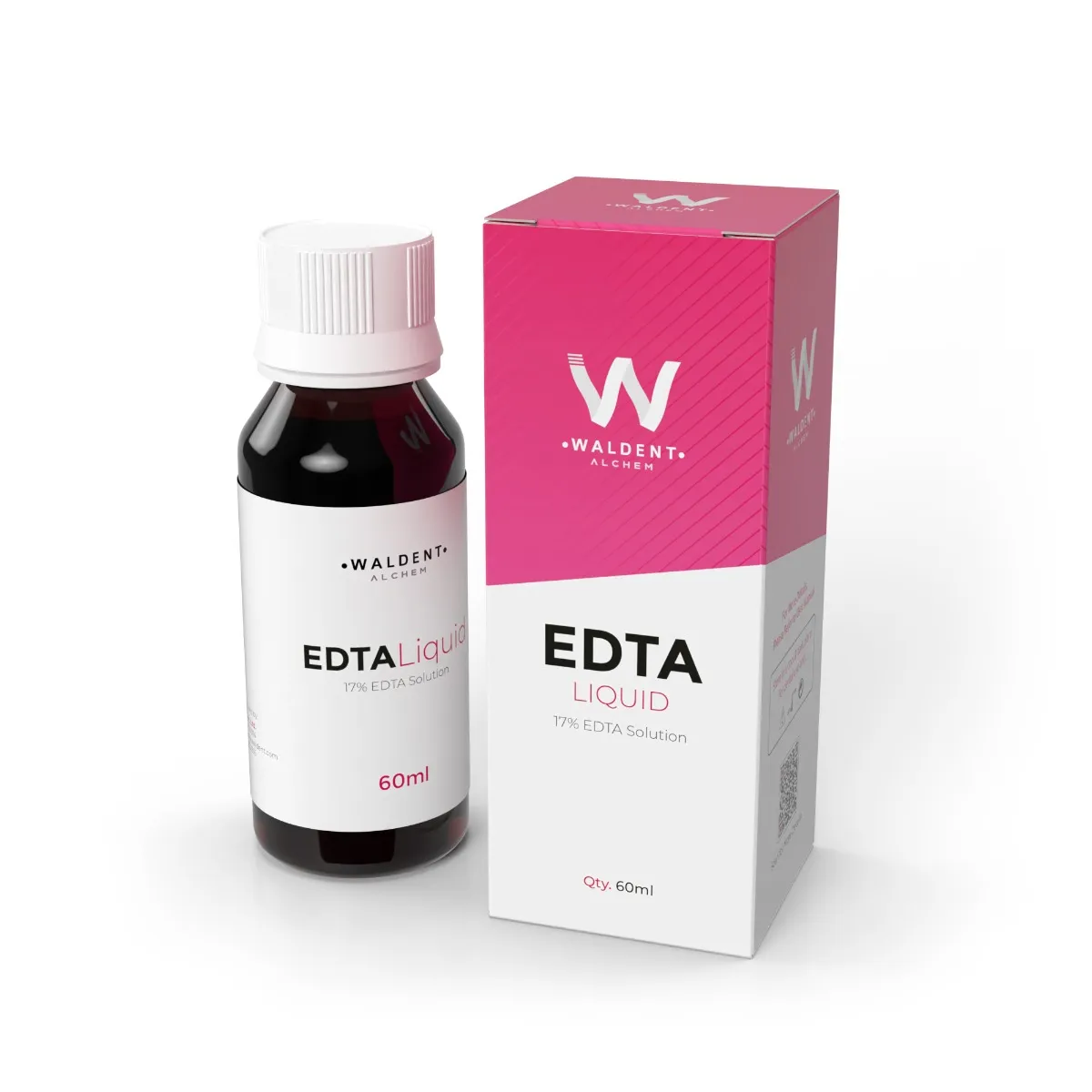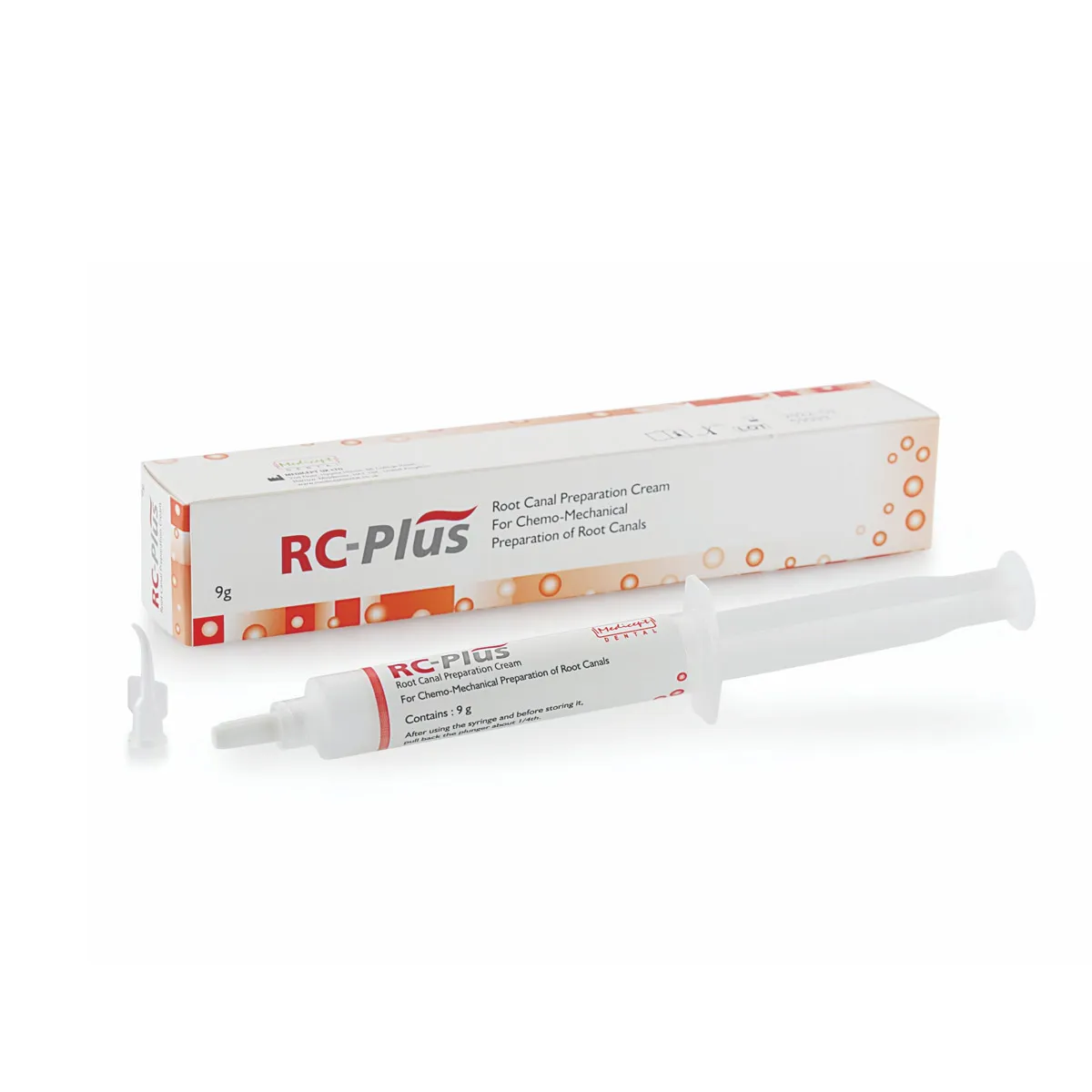Chelating Agents/EDTA for Dental Professionals
In the realm of modern dentistry, the importance of Chelating Agents, particularly Ethylenediaminetetraacetic Acid (EDTA), cannot be overstated. Dental professionals rely on these specialized substances to address a wide array of challenges encountered in their practice, especially during endodontic procedures. In this comprehensive world of Chelating Agents, with a specific focus on EDTA, elucidating range of products available at Dentalkart.
What is EDTA/Chelating Agent and Why is it Used?
Ethylenediaminetetraacetic Acid, commonly known as EDTA, represents a polyamino carboxylic acid characterized by its colorless, water-soluble solid form. What renders EDTA truly exceptional is its chelating properties. The term 'chelate' is derived from the Greek word 'chele,' which means claw. Chelating agents like EDTA indeed act like microscopic claws that can securely grasp and immobilize metal ions.
EDTA boasts four carboxylate and two amine groups, giving it the unique capability to form strong and stable complexes with metal ions, particularly those of calcium. This property is pivotal in the field of dentistry, as it enables EDTA to dissolve and remove inorganic substances, particularly calcium deposits and lime scale, from dental surfaces. The removal of these mineralized deposits is instrumental in achieving optimal oral health and facilitating various dental procedures.
Importance of EDTA in Dentistry and its Applications:
- Endodontics: A Core Application: Endodontics, a specialized branch of dentistry, focuses on the treatment of dental pulp and the intricate root canal system. This field relies heavily on the remarkable properties of EDTA. Here's why EDTA is indispensable in endodontics:
- Thorough Cleaning and Shaping: One of the fundamental steps in successful root canal treatments is the meticulous cleaning and shaping of the root canal system. EDTA plays a pivotal role in this process by dissolving and removing inorganic debris, such as dentin and calcium hydroxide. This ensures that the root canal is thoroughly cleaned and prepared for subsequent procedures, ultimately enhancing treatment outcomes.
- Enhanced Irrigation: EDTA serves as an essential irrigating solution in endodontics. When used as an irrigant, it enhances the cleaning and disinfection of root canals by effectively removing the smear layer, organic debris, and bacteria. This thorough cleansing reduces the risk of post-operative infections and supports the long-term success of endodontic procedures.
Preservation for Research
EDTA is also employed in the preservation of extracted teeth for research and educational purposes. Preserving teeth in an optimal condition is crucial for studies related to dental anatomy, material testing, and educational training, and EDTA assists in this preservation process.
How Does EDTA Work and its Effects?
To comprehend the mechanism of EDTA's action, it's essential to understand its chelating properties. EDTA primarily targets metal ions, specifically calcium ions in the context of dentistry. Here's how it works:
Chelation of Calcium Ions: When EDTA is applied to dental surfaces, it forms stable complexes with calcium ions. These complexes are strong and durable, effectively immobilizing the calcium ions. This interaction breaks down the mineralized structure, leading to the dissolution of calcified tissues. In practical terms, EDTA acts as a potent solvent for calcium deposits, facilitating their removal.
Effects of EDTA in Dentistry
- Effective Cleaning: EDTA's ability to dissolve calcium deposits greatly enhances the mechanical cleaning process. By efficiently breaking down mineralized debris, EDTA ensures that root canals are thoroughly cleaned and shaped. This is a crucial factor contributing to the overall success of root canal treatments.
- Enhanced Disinfection: The removal of the smear layer, organic debris, and bacteria by EDTA leads to a more sterile root canal environment. A cleaner root canal reduces the risk of post-operative infections, further promoting the long-term success of endodontic procedures.
- Improved Bonding: In restorative dentistry, the successful bonding of materials to tooth surfaces is essential for the longevity of dental restorations. EDTA's ability to remove the surface layer of calcium deposits enhances the adhesion of restorative materials, ensuring a secure and long-lasting bond.
Your Trusted Source for Premium Chelating Agents
At Dentalkart, we understand the critical role that EDTA and chelating agents play in the practice of dentistry. As a trusted supplier in the dental industry, we offer a wide and diverse range of high-quality EDTA and chelating agents, meticulously sourced from reputable brands. Here's what sets Dentalkart apart as your preferred source:
- Extensive Selection: Our product selection encompasses a variety of formulations and concentrations, tailored to meet the diverse needs of dental professionals. Whether you require EDTA for endodontic procedures, decalcification, orthodontics, prosthodontics, or other dental applications, Dentalkart is your one-stop destination.
- Reputable Brands: We pride ourselves on collaborating with renowned and trusted brands in the dental industry. Our offerings include products from esteemed manufacturers such as Waldent Alchem, Ammdent, Anabond, Prevest Denpro, Vishal Dentocare, Septodont, Premier, Cerkamed, NeoEndo, Medicept, SafeEndo, and many more. This ensures that you have access to the highest quality chelating agents and EDTA formulations.
- Quality Assurance: At Dentalkart, quality is non-negotiable. We are committed to delivering products that meet the highest standards of purity, effectiveness, and safety. Our rigorous quality assurance processes guarantee that every product we offer is reliable and consistently performs to your expectations.
- Customer-Centric Approach: Dentalkart's commitment to customer satisfaction goes beyond just offering top-notch products. We prioritize excellent customer service, ensuring that your experience with us is seamless and hassle-free. Our dedicated support team is always ready to assist you with any inquiries or concerns.
- Convenience and Accessibility: We recognize the importance of convenience in your busy dental practice. Dentalkart offers a user-friendly online platform, allowing you to browse, compare, and purchase chelating agents and EDTA formulations effortlessly. With our efficient delivery network, you can expect prompt and reliable product deliveries to your doorstep.
Dentalkart is your trusted partner in sourcing premium chelating agents and EDTA formulations. With our extensive product selection, commitment to quality, and unwavering dedication to customer satisfaction, we empower dental professionals to deliver the highest standard of care. Experience the difference Dentalkart brings to your dental practice, and elevate your dental procedures to new heights of excellence.
Q: What is EDTA, and why is it used in dentistry?
A: EDTA, or Ethylenediaminetetraacetic Acid, is a chelating agent widely used to dissolve and remove calcium deposits and inorganic substances from dental surfaces, particularly during endodontic procedures. EDTA's chelating properties make it essential for thorough cleaning, shaping, and disinfection of the root canal system.
Q: Are there any potential side effects or contraindications associated with EDTA use in dentistry?
A: While EDTA is generally safe when used correctly, there can be side effects if it comes into contact with soft tissues or if ingested. It is crucial to take precautions to avoid contact with the eyes, skin. Patients with known allergies to EDTA or its components should be informed, and alternatives should be considered.
Q: Can EDTA be used in pediatric dentistry?
A: EDTA is generally safe for use in pediatric dentistry, but caution should be exercised to prevent ingestion or contact with sensitive tissues.
Q: Why is EDTA used in RCT?
A: EDTA is used in Root Canal Treatment (RCT) to dissolve and remove inorganic debris, such as calcium deposits and dentin, from the root canal system. This enhances cleaning, shaping, disinfection, and improves the overall success of the RCT.








